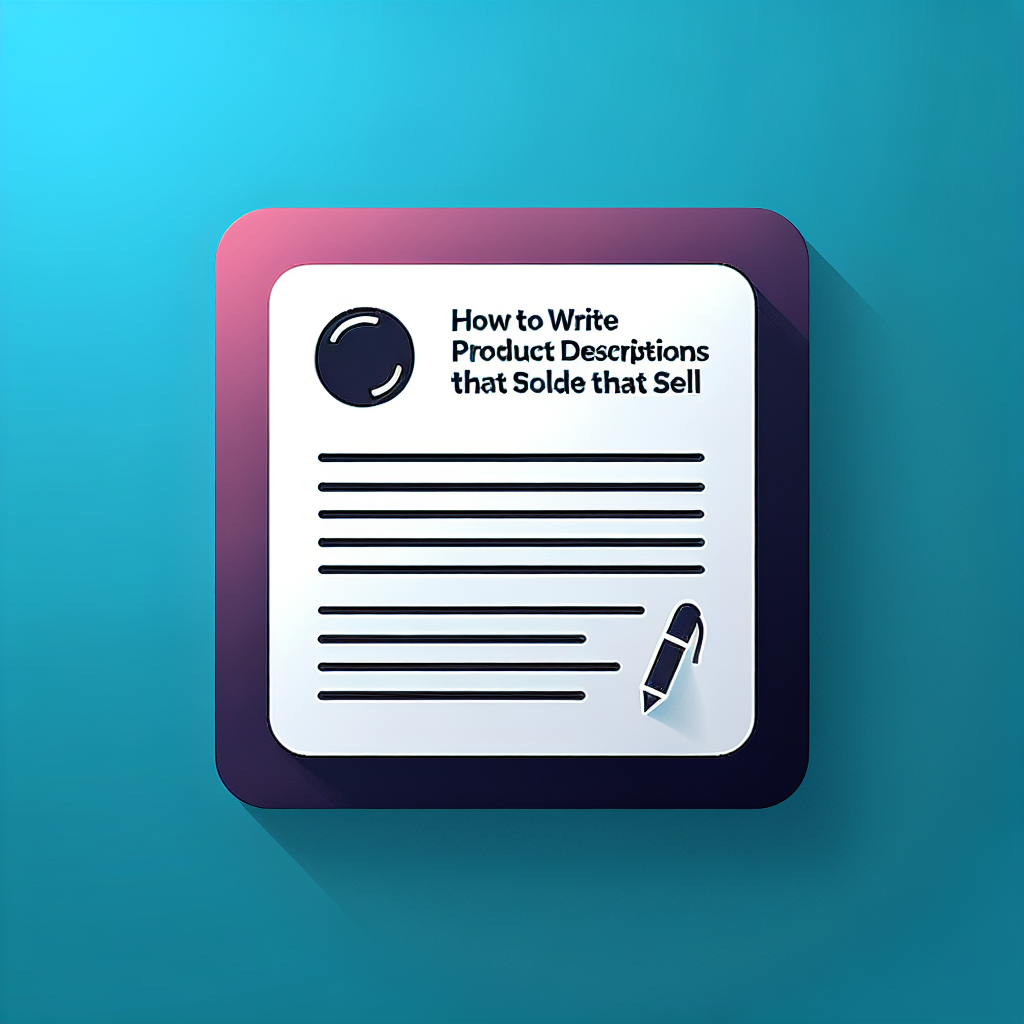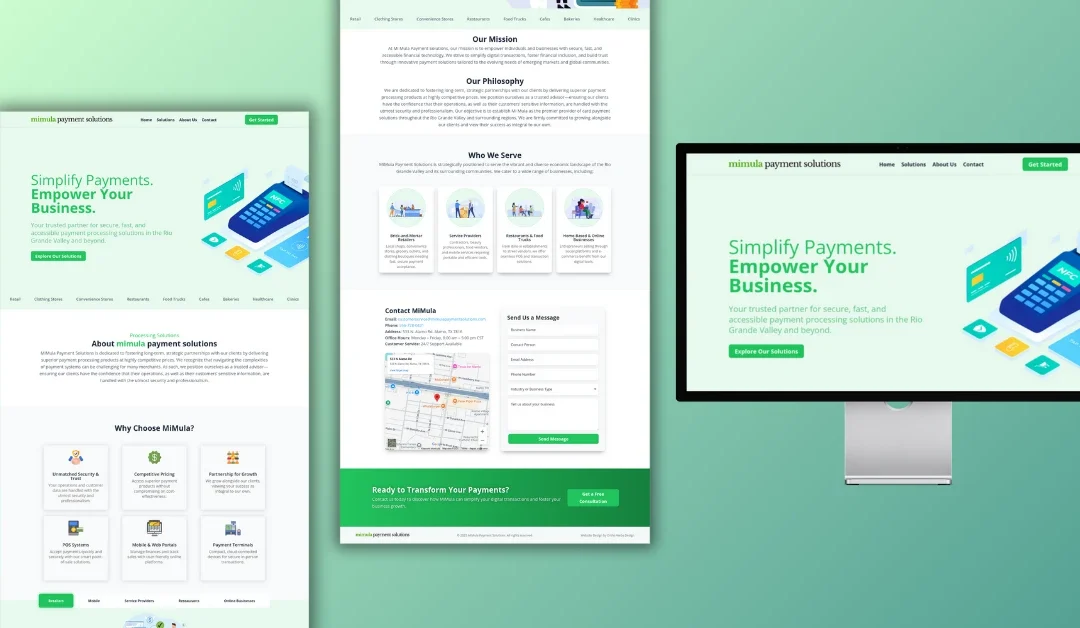Welcome to our blog at Ericks Webs Design! Are you a small business owner in South Texas looking to improve your online presence? One of the key components to achieving that is writing compelling product descriptions. Whether you run a local boutique in McAllen or a family-owned restaurant in Harlingen, effective product descriptions can attract customers and boost sales. In this post, we’ll explore how to write product descriptions that truly sell, even if you’re just starting out.
Understand Your Audience
Before you put pen to paper (or fingers to keyboard), take a moment to understand who you’re writing for. Your target audience is the group of potential customers who will benefit from your products. For instance, if you own a bakery in McAllen, your typical customers might be families looking for fresh bread or couples celebrating special occasions with custom cakes.
Real-Life Example:
Imagine a pastry shop that describes its chocolate cake simply as “chocolate cake.” Instead, they could engage their audience with descriptive phrases like, “Indulge in our rich, velvety chocolate cake, made from premium cocoa and topped with a silky chocolate ganache. Perfect for birthdays, anniversaries, or just because you deserve a treat!”
By framing your product in a way that resonates with customers’ emotions and desires, you can capture their attention and encourage them to make a purchase.
Highlight Benefits, Not Just Features
Potential customers often want to know how a product can benefit them, not just the features it has. Benefits answer the question, “What’s in it for me?”
Features vs. Benefits:
- Feature: “This backpack is made from waterproof materials.”
- Benefit: “Stay worry-free during unexpected rain with our waterproof backpack that keeps your belongings dry.”
Incorporate both features and benefits in your descriptions. For example, if you sell handmade silver jewelry, highlight the unique craftsmanship (“Each piece is handcrafted in South Texas, supporting local artisans”) and the benefits (“Make every outfit shine with our vibrant, eye-catching designs that turn heads”).
Use Engaging Language
Your product descriptions should be lively and engaging. Avoid jargon, and instead use language that feels approachable and friendly. Incorporate storytelling to create a visual and emotional connection with your customers.
Example:
For a fishing guide service in South Texas, instead of saying, “Book a charter for deep-sea fishing,” try, “Embark on an unforgettable adventure and reel in the big catch with our expert guides! Whether it’s your first time casting a line or you’re a seasoned angler, prepare for a day filled with excitement and breathtaking views of the Gulf Coast.”
This not only articulates what you offer but also sets the stage for an experience, making it much more enticing.
Optimize for SEO
To get your product descriptions noticed online, you need to optimize them for search engines. This is where SEO (Search Engine Optimization) comes into play. Here are a few quick tips:
-
Use Relevant Keywords: Include keywords your target audience might use when searching for your product. For instance, if you’re a catering service in San Antonio, phrases like “affordable catering in San Antonio” or “best party food in South Texas” could be beneficial.
-
Keep It Natural: While it’s important to include keywords, ensure they fit seamlessly into your descriptions. Avoid keyword stuffing, which can make the text awkward and detract from readability.
- Consider Local Terms: Use local slang, references, or landmarks to connect with your audience. Terms like “Rio Grande Valley” or “South Texas scenery” can help attract potential customers searching locally.
Include a Clear Call-to-Action
Every product description should end with a clear call-to-action (CTA) that prompts customers to take the next step. This could be to buy now, learn more, or contact you for additional information.
Example:
After a compelling description of your wedding photography services, you could say, “Book your special day with us now and capture memories that will last a lifetime! Contact Ericks Webs Design today for your free consultation.”
Conclusion
Crafting effective product descriptions is a vital part of enhancing your online presence and driving sales. By understanding your audience, highlighting benefits, using engaging language, optimizing for SEO, and concluding with a clear call-to-action, you can create descriptions that not only inform but also excite potential customers.
If you’re ready to elevate your website’s product descriptions and improve your overall online presence, we at Ericks Webs Design are here to help! Sign up for a free consultation today, and let’s take your business to the next level together.
Happy selling!
Digital Marketing










